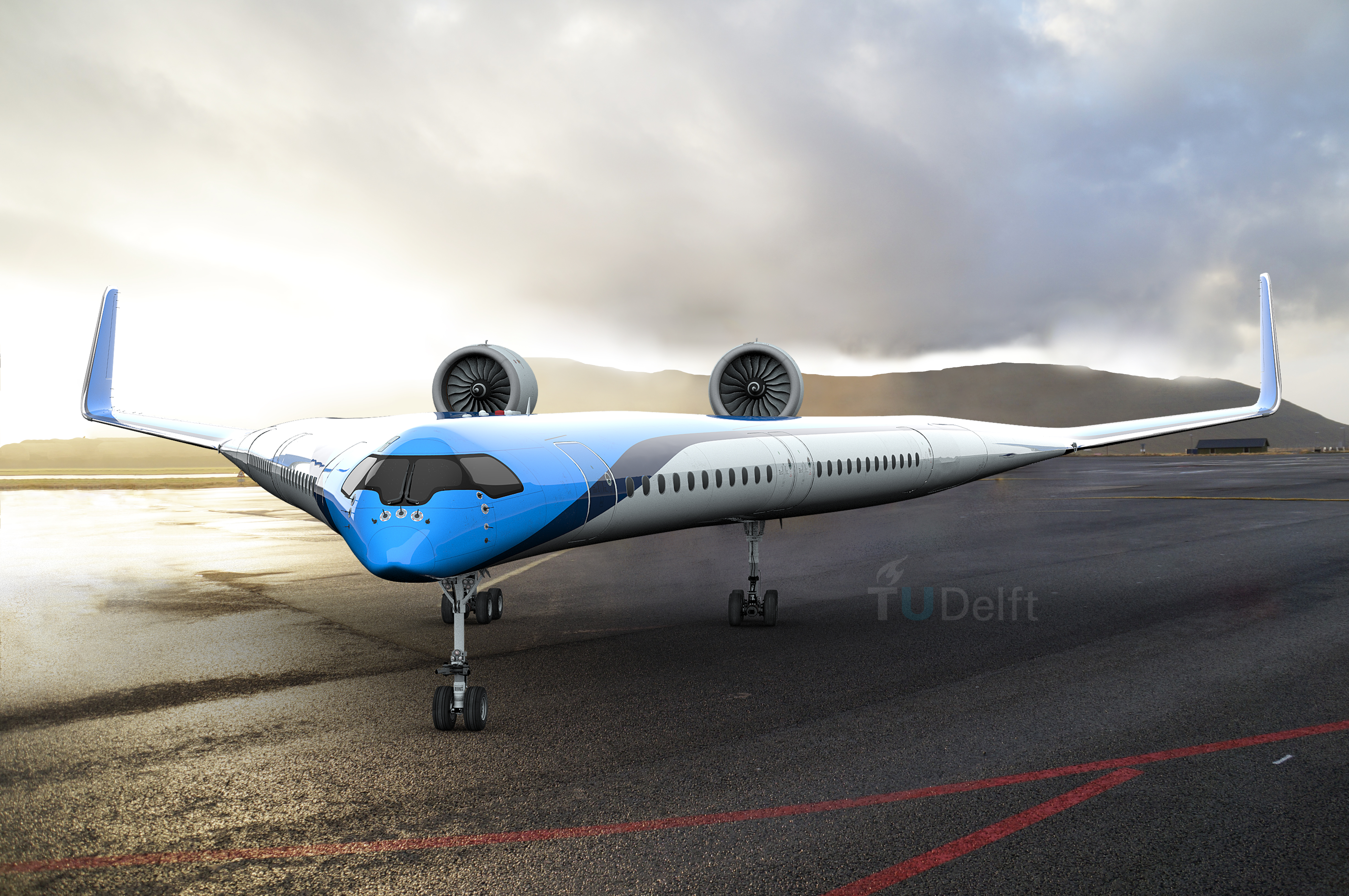“Flying-V” Prototype Maiden Flight is Full of Promises

The maiden test flight of the “Flying-V” aircraft model was successful, and the teams of engineers and researchers behind it were filled with pride and hope for the next steps of the project. “Flying-V” is being co-developed by KLM engineers and TU Delft researchers, to create an extremely energy-efficient aircraft. Its shape and size are nothing like that of airplanes that zoom around the globe, and its flight characteristics remained a question until the maiden flight was concluded and engineers got to look into the generated data.
The design of Flying-V was developed on computer simulation, and the teams then proceeded to test scaled-down models on a series of wind tunnel tests. After every optimization that could be implemented through this process was completed, Flying-V reached the stage of the test flight.
Now, it’s back to the simulator where the team will figure out how well the vertical and lateral wind loads were handled, what effect did all of this have on the controllability of the airplane, and whether any center of gravity adjustments are still required. For now, the model demonstrated “Dutch roll” problems, so excessive rolling and yawing oscillations during landing have to be addressed next.
The energy efficiency aspect, which is the main reason why KLM is involved in this project by providing their financial support, remains key. The v-shape of Flying-V allows engineers to realize the design of a very light airplane that has superior aerodynamics. In total, the gain compared to today’s most frugal aircraft is calculated to be around 20%, which is actually huge. This has drawn the attention of Airbus, who decided to also join the project recently and supported that first test flight endeavor.
The next step for Flying-V’s engineers will be to focus on the propulsion, which will be based on liquid hydrogen and not on kerosene

 Tech Steel & Materials
Tech Steel & Materials